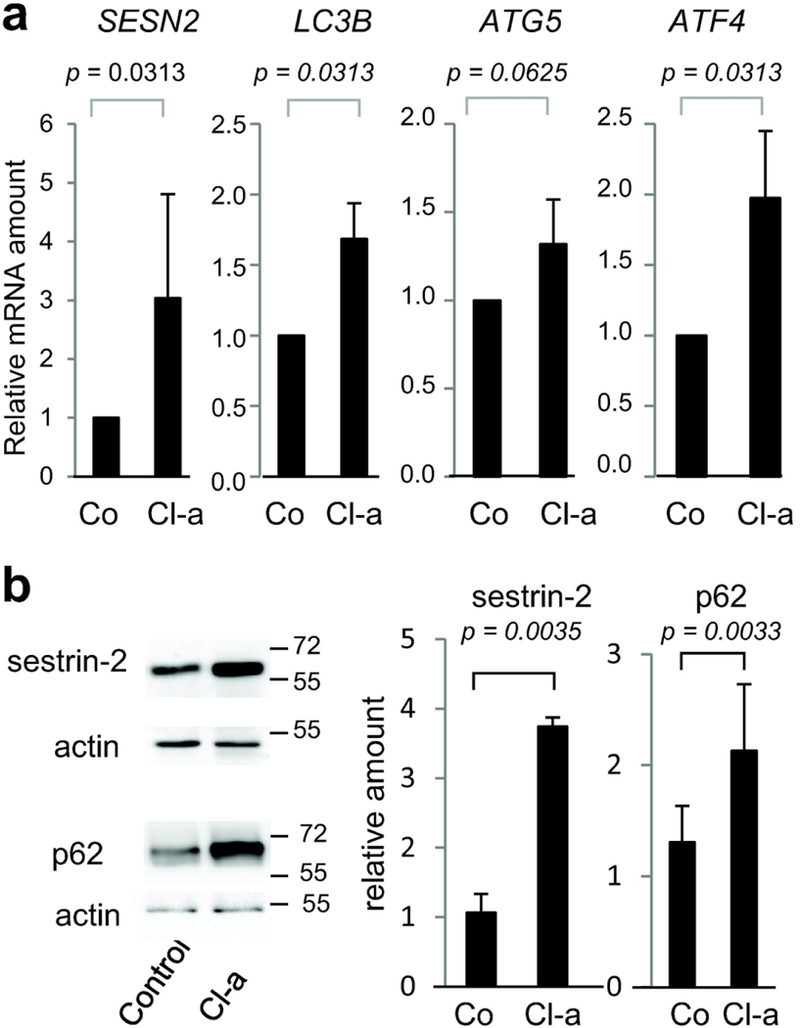Figure 5. Induction of ATF4/SESN2 pathway after Cl-amidine treatment.

Reconstructed human epidermis (n = 4) were untreated (Co) or treated with 800 μM of Cl-amidine (Cl-a) for 48 h. (a) Expression of SESN2, MAP1LC3B, ATG5, and ATF4 genes was analyzed by RT-qPCR. (b) Nonidet P40 soluble proteins were immunodetected with anti-SESN2 and anti-actin antibodies (upper left). Total protein extracts were immunodetected with anti-p62/SQSTM1 and anti-actin antibodies (lower left). Molecular mass marker is indicated in kDa on the right. Immunodetected sestrin-2 and p62 were quantified, normalized to actin and expressed relatively to the control (right).
